During times of financial hardship, such as an economic crisis, people often have to reduce their expenses to make ends meet. This usually involves cutting back on nonessential items such as luxury goods or vacations. However, since financial stress can also lead to emotional distress, many consumers have found alternative ways to treat themselves during tough times. This gave rise to the concept of the “lipstick effect,” also known as the “lipstick index.”
This was discovered in 1988 when economics and sociology professor Juliet Schor published her book “The Overspent American.” She found that women would splurge on luxury brand lipsticks they could use at any time, especially in public, when facing a financial crisis. They would buy something small like lipstick over items used more at home, like skincare or other types of makeup. This would give them a thrill or an emotional uplift because they could still treat themselves to something nice, even if it was small (via Forbes).
Products are available — click below to view them!
SEE DETAILS ON EBAYThe lipstick effect today
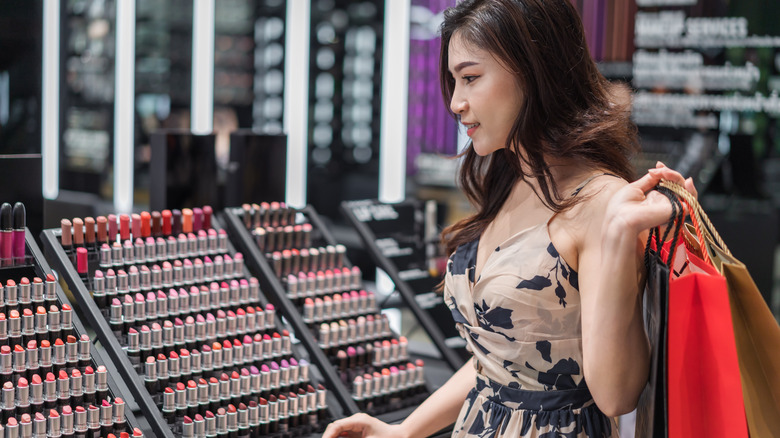
BaLL LunLa/Shutterstock
Professor Juliet Schor’s research on consumer behavior led to the development of the “lipstick effect” theory, which suggests that during an economic downturn, people tend to spend money on small luxury items such as lipstick instead of expensive items like cars or vacations. This theory was further supported when Leonard Lauder, the chairman of Estée Lauder, noticed a rise in lipstick sales following the September 11, 2001 terrorist attacks. He coined the term “lipstick effect” and used it to predict future economic distress. Today, it is considered a leading indicator of economic downturns.
A report by the NPD Group, a market research company, found that the sales of lipstick grew by 48% in the first quarter of the previous year, resulting in lipstick sales that were twice as much as other beauty products. “Lipstick is transformational,” NPD vice president Larissa Jensen tells Forbes. “It’s easy and quick, unlike eye makeup, which takes time to apply. Lipstick is super-powerful because it can immediately transform your face, unlike anything else. A simple swipe on the lips makes your face pop.”
However, in a study published by Texas Christian University professors Sarah Hill and Christopher Rodenheffer, the lipstick effect involved other beauty products for the simple purpose that they are small, accessible, and more affordable. The professors theorized that women feel more desire to increase their attractiveness to men during financially challenging times. “Whereas exposure to recession cues decreased men’s and women’s desire to purchase products unrelated to appearance,” they wrote in the study, “recession cues persistently increased women’s desire to purchase beauty products, including lipstick.”
The income effect

Prostock-studio/Shutterstock
The “lipstick effect” refers to the phenomenon when a consumer decides to spend on less expensive items or experiences. This could be due to a change in income, known as the income effect. When a consumer has less income, they may opt to purchase smaller luxury items instead of more expensive ones. The lipstick effect is especially evident during times of financial stress when people still want to experience the pleasure of making purchases. The income effect is not limited to beauty products or lipstick alone. For instance, instead of going on a luxury vacation, someone might choose to visit a less expensive destination and stay for only a night.
During a recession, inflation, or other economic challenges, spending on the small stuff equates to small wins, especially when you need a happy pick-me-up. A small lipstick purchase will always make you feel better, no matter the hardship, financial or emotional.

![Lightskin Face [Definition & Makeup Tips] Makeup Products for lightskin Face](https://glamlipstick.com/wp-content/uploads/2023/09/Makeup-Products-for-lightskin-Face-300x270.jpg)

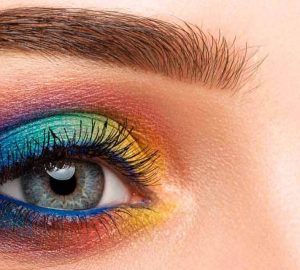
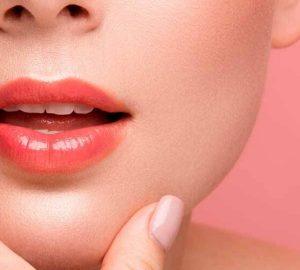
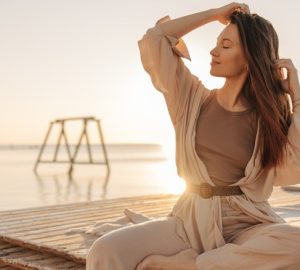
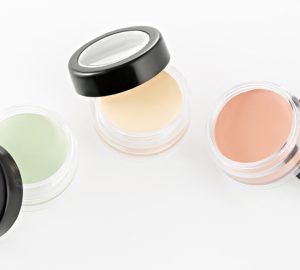
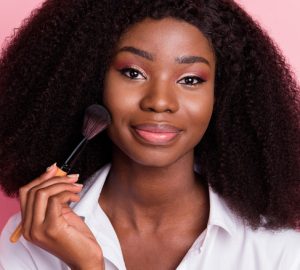
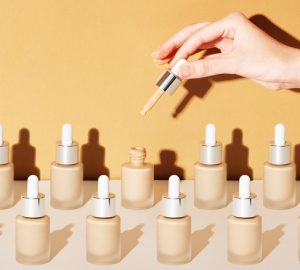

![The Magic of Brown Lip Liners [Overview and MasterClass] Lady applies brown lipstick on her lips](https://glamlipstick.com/wp-content/uploads/2023/09/Lady-applies-brown-lipstick-on-her-lips-300x270.jpg)
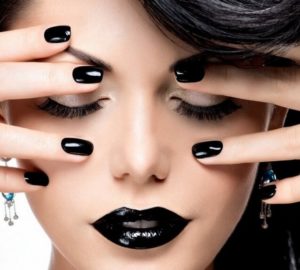
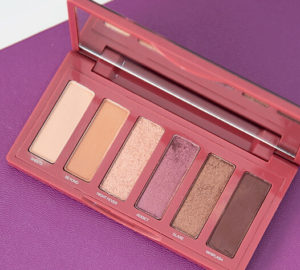
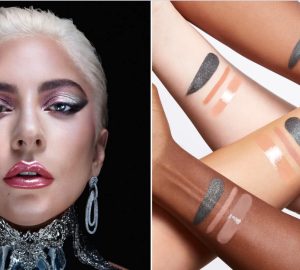


![MAC's Mastery in Nudes [The Best Lipsticks for Every Skin Tone] Best Nude Lipsticks by MAC](https://glamlipstick.com/wp-content/uploads/2023/10/Best-Nude-Lipsticks-by-MAC-300x270.jpg)
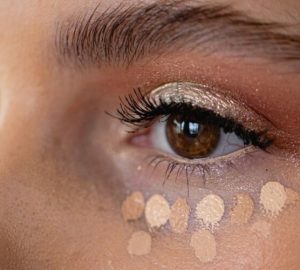
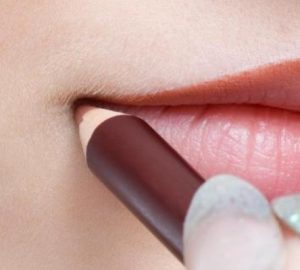
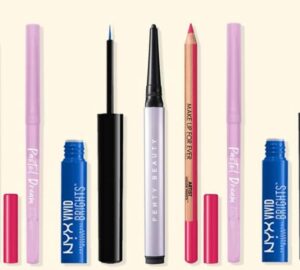
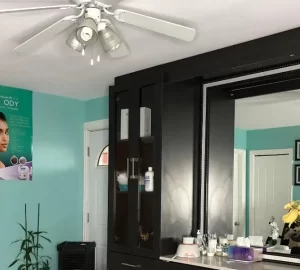

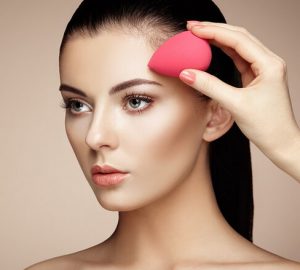
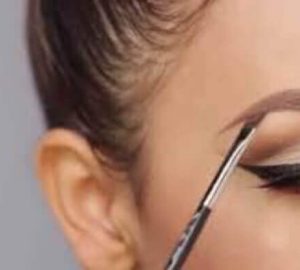
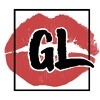
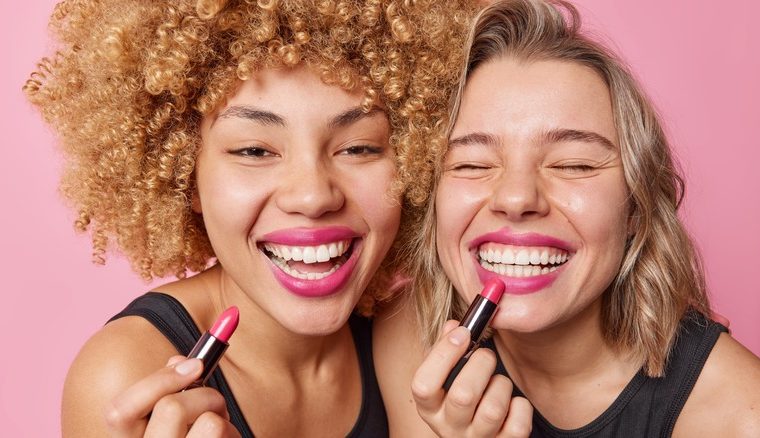
![15 Of The Best Lip Balms For Dry Lips [According To Dermatologists] 15 Of The Best Lip Balms For Dry Lips [According To Dermatologists]](https://glamlipstick.com/wp-content/uploads/2024/03/15-Of-The-Best-Lip-Balms-For-Dry-Lips-According-300x270.jpg)
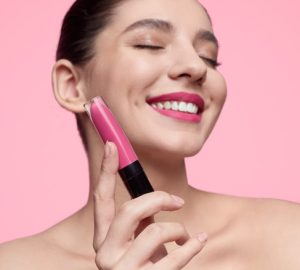
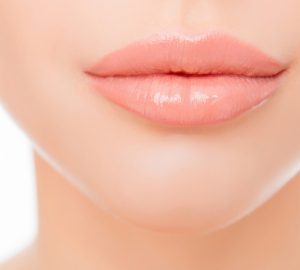
![44% Of People Use This Lip Product The Most [GlamLipstick Survey] 44% Of People Use This Lip Product The Most [GlamLipstick Survey]](https://glamlipstick.com/wp-content/uploads/2024/03/44-Of-People-Use-This-Lip-Product-The-Most-300x270.jpg)